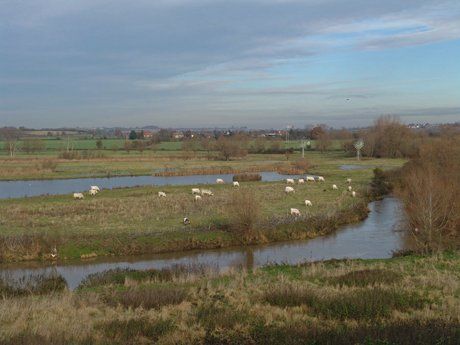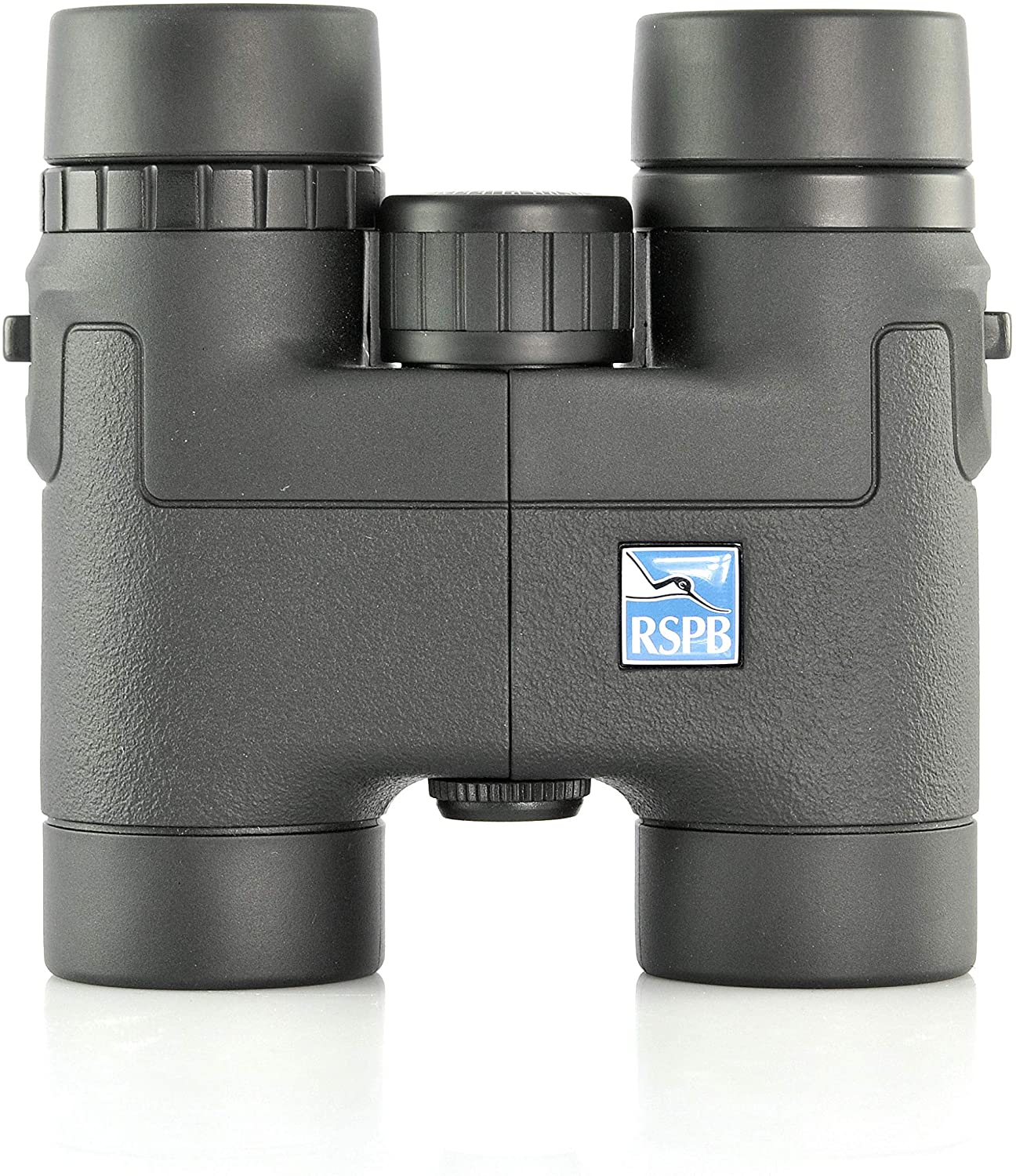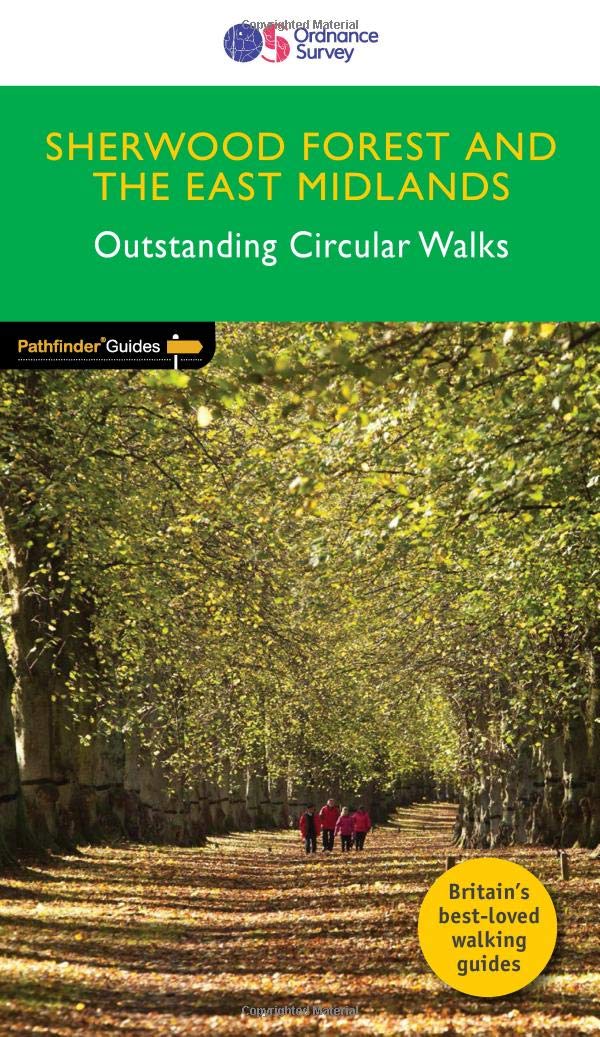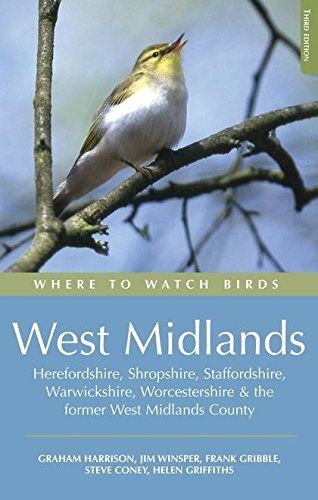This small wetland reserve in a seasonally flooded gravel pit features open water, scrub and carr woodland. Plenty of plants, birds and animals have re-colonised this 1.6 hectare site.
The Gwen Finch Wetland Reserve is located in a loop of the river Avon, near the village of
Birlingham, grid reference SO 940 420. The site was created in 2001 from former arable fields.
On the 20 hectare site there is an area of wet woodland, four scrapes, reedbed and a flooded
channel fringed with reed, these latter are filled using two windpumps that extract from the
Berwick Brook that flows into the River Avon. The majority of the rest of the site is given over to
wet grassland.
Ecologically the site is important for otters, wetland birds like lapwing and redshank, as well as reedbed specialists such as reed bunting, sedge and reed warblers.
There are also good populations of insects, particularly dragonflies with the locally scarce club tailed dragonfly recorded here.Since establishment the site has been used as an example to other landowners along the Avon as a demonstration wetland creation site, and has helped in the development of the neighbouring John Bennett Reserve .
The reserve falls within, and is an important component of, the Severn and Avon Vales Living
Landscape, which has been identified as a target area for the Trust to try and increase
biodiversity through partnership working with other landowners Area. The grassland is managed to provide suitable conditions to support breeding waders. Through grazing the management aims to create a mosaic of short and tussocky areas suitable for lapwing and redshank to breed. Ranker areas are also left to offer cover for other birds and to provide a seed source in the winter.
The bank of the river has been re-profiled to create a broad emergent zone at or just above summer flows. This was intended to encourage the development of emergent vegetation to benefit a range of species including otter, waterfowl and dragonflies. There are also a number of old willows that are maintained by pollarding that are a landscape feature and have intrinsic ecological value.
There is no public access. Access is by arrangement only.
We highly recommend the publications below to compliment your visit to this Region.
Back to Worcestershire Birdwatching sites










